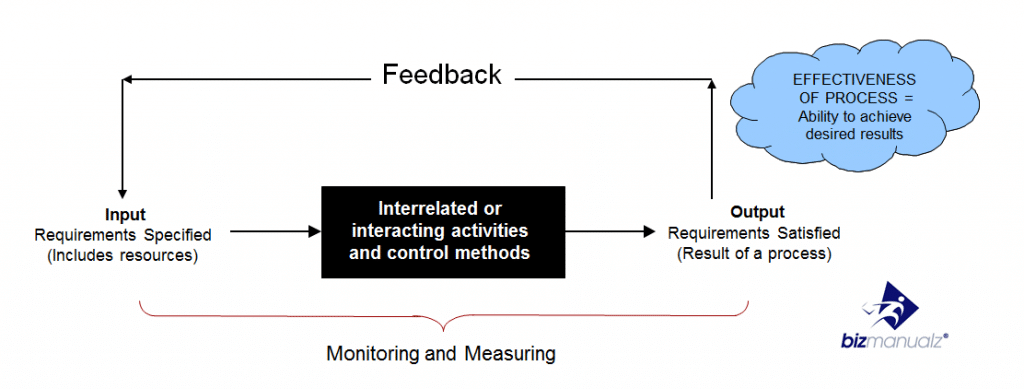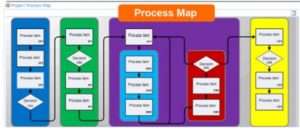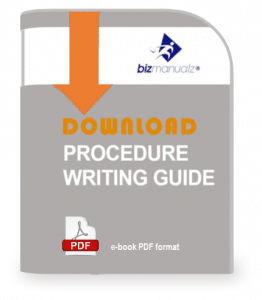How to Document Processes and Procedures

There are two very different reasons for writing procedures and your answer defines the results you will get with your procedures. Most people write procedures to document their daily tasks so they can train others or comply with some requirement — kind of a “punch card” or “time clock” mentality. Others are documenting a process so they can produce better process results — a business process improvement mentality. If you want to change your results then you need to change your thinking. So what’s the best way to document processes and procedures?
Writing Procedures Not Processes
Writing procedures to document daily tasks does allow you to train new hires and demonstrates conformance to requirements for ISO 9001, Good Manufacturing Practices (GMP), or Sarbanes Oxley, to name a few, but it is not really documenting a process. It is producing what we call a “ballistic” implementation of procedures where users blindly follow the check lists as they account for their daily work production.
This reminds me of an old saying…
Garbage in, garbage out.
You must ask yourself – Why are you writing a procedure? Is the goal of your work product to fill the hours in the day? Or do you need to accomplish something? If you are marking off time then these types of procedures will provide the direction for what tasks you can mark off with your time, but don’t think you are adding a lot of value with this mindset.
Unions have perfected this approach with very clear job descriptions and union work rules that prohibit any activity that is not clearly part of their checklist. Productivity should be the focus, not blind adherence to the tasks that must be accomplished.
 Process and Procedures Documentation
Process and Procedures Documentation
The alternative is to document your process so you can get control over each process, which leads to your ability to improve your process results. Process that are chaotic and out of control must be controlled first because, only processes that are in control can be improved. Feedback is required in order to get control over the process.
Process Maps
Process maps are one tool used to understand the process, begin your process documentation, and understand how to get control. Process maps are a graphical tool used to communicate process steps, decision points and what a process does.
Using a process maps helps you to focus on the process and not just the process steps, which helps you to evolve away from ballistic procedures. A well-defined process includes clearly defined Suppliers, Inputs, Process steps, Outputs, and Customers (SIPOC) and SMART objectives that can be charted over time.
Documenting Processes and Procedures
When documenting processes and procedures, don’t think of it as an event. Your process and procedures journey may start out with simple ballistic procedures with checklists, but you can improve your procedures using process maps, SMART objectives, and process control. Applying these ideas to your ten core business processes will improve your results.
Download free policies and procedures in easy to edit Microsoft Word templates to quickly and easily create your own policy and procedure manual the fastest way possible — using Bizmanualz policy and procedure templates.
















Leave a Reply